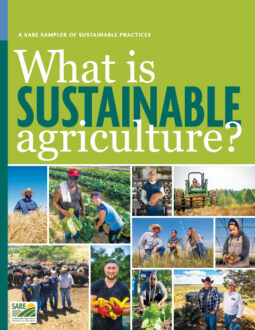Sustainable farms strive to maintain a high level of biological diversity across the landscape. This can take many forms, such as agroforestry, cover crop mixes, crop rotation, riparian buffers, pollinator plantings, wildlife habitat, mixed species grazing and integrated crop/livestock systems. There are many possible benefits too, including improvements to water quality and conservation, nutrient cycling and soil fertility, and pest management.
Sampler of Projects
Generating Income from Pollinator Habitat on an Urban Farm
SARE project FNC19-1156
Supporting beneficial insects such as pollinators and predators is important on all farms because of the services they provide. In urban areas, attracting beneficials can be particularly challenging because their natural habitat is highly fragmented. Also, urban farms typically operate on a very small land base and often need to extract as much production from their land as possible, perhaps making them hesitant to devote a significant amount of space to insect habitat. Mark Brannen of Benson Bounty in Omaha, Neb., used a SARE Farmer/Rancher grant to establish native plant habitat on his 0.75-acre urban farm and to assess what kind of revenue stream he could get by selling cut flowers. Brannen found that he could gross about $2 per square foot, which was $1 less than vegetable beds, but with considerably less labor involved.
Giving Maine Potato Growers More Crop Rotation Options
SARE project LNE17-358
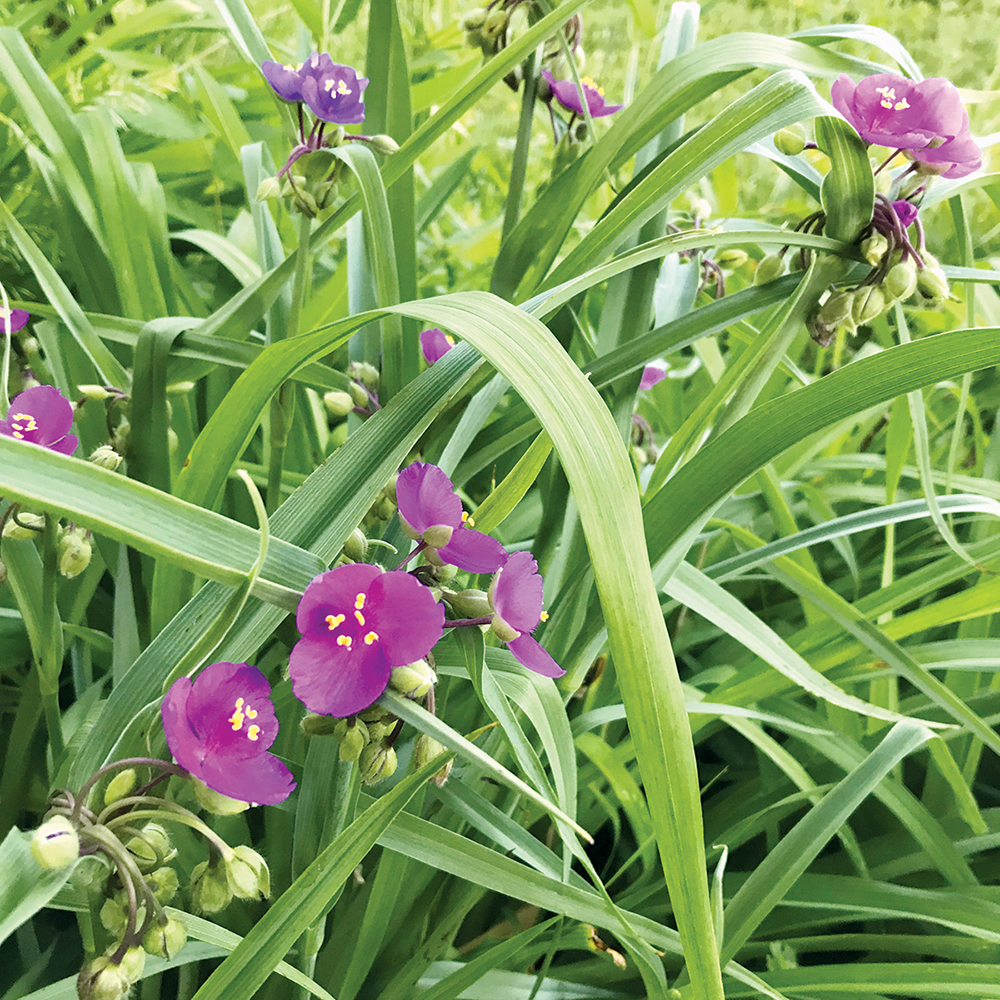
The benefits of crop rotation are well known: They can break pest and disease cycles, help control weeds, reduce inputs and create new revenue streams. But many potato growers in Maine are pulling back from the practice because the typical rotation is with small grains such as oats and barley, and the regional market for these crops is poor. Motivated by this, Jack Dyer, an agronomist with the Maine Potato Board, used a SARE Research and Education grant to evaluate the potential of rotating potatoes with oilseed and pulse crops. After evaluating many crop species over two years, Dyer found that field peas, sunflowers, canola and condiment mustard are all viable options for potato rotations and, depending on market demand and currency exchange rates with Canada, can increase revenue. They also require low fertility and chemical inputs, and fit well into a reduced tillage system.
Diversified Agroforestry Systems for Small-Scale Growers
SARE project FS18-311
Many small-scale Kentucky farmers are seeking to move away from tobacco production, and one promising alternative is in diversified agroforestry. This is according to Matthew Wilson of Rindlewood Farm in Berea, Ky., who used a SARE Farmer/Rancher grant to explore a production system that incorporates fruit and nut trees, cover crops, sweet sorghum and pastured broilers while making use of old tobacco equipment. While perennial orchards come with many environmental benefits and income opportunities, growers need a source of revenue while trees are young, so Wilson experimented with alley cropping, or growing crops between tree rows. He took two approaches: one was cover crops and the other was sweet sorghum. Both of these crops served as a feed source for his flock of broilers and as a mulch to help the young trees establish. Wilson produced value-added syrup from the sorghum. In the end, he found that his diversified agroforestry system did provide a promising alternative to small-scale tobacco production.
Connecting the Dots Between Soil Health, Climate Resilience and Pollinators
SARE project WRGR19-03
The threat posed to agriculture by climate change is well known, as is the need to adopt practices that improve soil health, because healthy soil makes farms more resilient to extreme weather and has the potential to sequester carbon. What’s focused on less is how pollination fits into this picture. Honeybees don’t pollinate during rain, wind or extreme heat: all weather events that are becoming more frequent and intense. Native bees are better at pollinating in these kinds of weather, so their importance may increase in the near future. This prompted the nonprofit Our Family Farms to use a SARE Research to Grassroots grant to help Oregonian farmers learn how to promote climate resilience, soil health and native insects on their land. The group created a toolkit on some of the best practices, including reduced tillage, flowering cover crops, integrated pest management and establishment of permanent habitat for native beneficials.
Biodiversity Resources
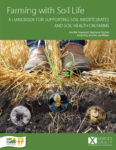
Farming with Soil Life
This handbook, created by The Xerces Society, dives into soil biology. It provides a connection between healthy soils and healthy invertebrates found in temperate agricultural soils. Farming with Soil Life starts with a review of soil basics, including the functions, classifications and properties (physical, biological and chemical) of soil. It provides detailed methods on how […]
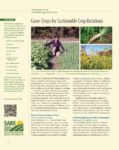
Cover Crops for Sustainable Crop Rotations
Cover crops are one of the best ways to improve soil health, reduce off-farm inputs and protect natural resources. Find a wealth of educational materials developed out of decades of SARE-funded cover crop research.
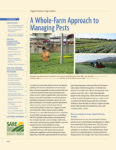
A Whole Farm Approach to Managing Pests
This 16-page bulletin helps producers—and the educators who work with them—use ecological principles across the entire farm to control pests.
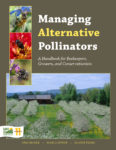
Managing Alternative Pollinators
Managing Alternative Pollinators: A Handbook for Beekeepers, Growers and Conservationists is a first-of-its-kind, step-by-step, full-color guide for rearing and managing bumble bees, mason bees, leafcutter bees and other bee species that provide pollination alternatives to the rapidly declining honey bee.
